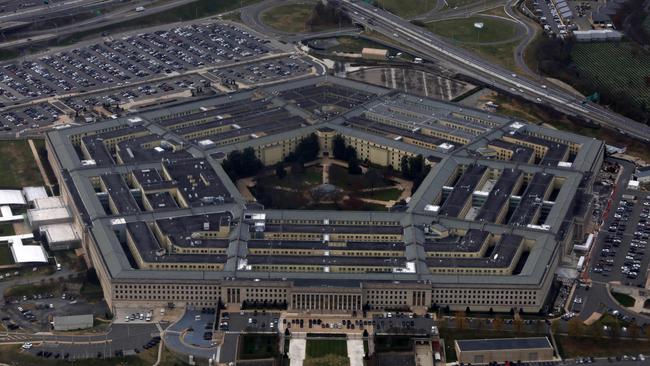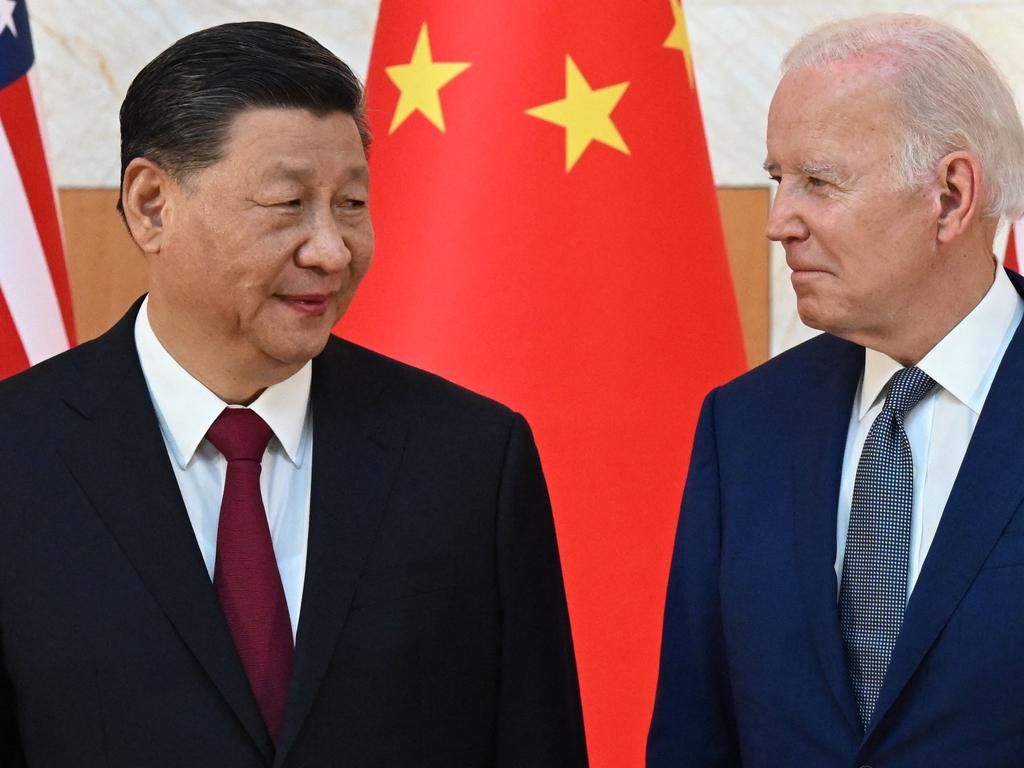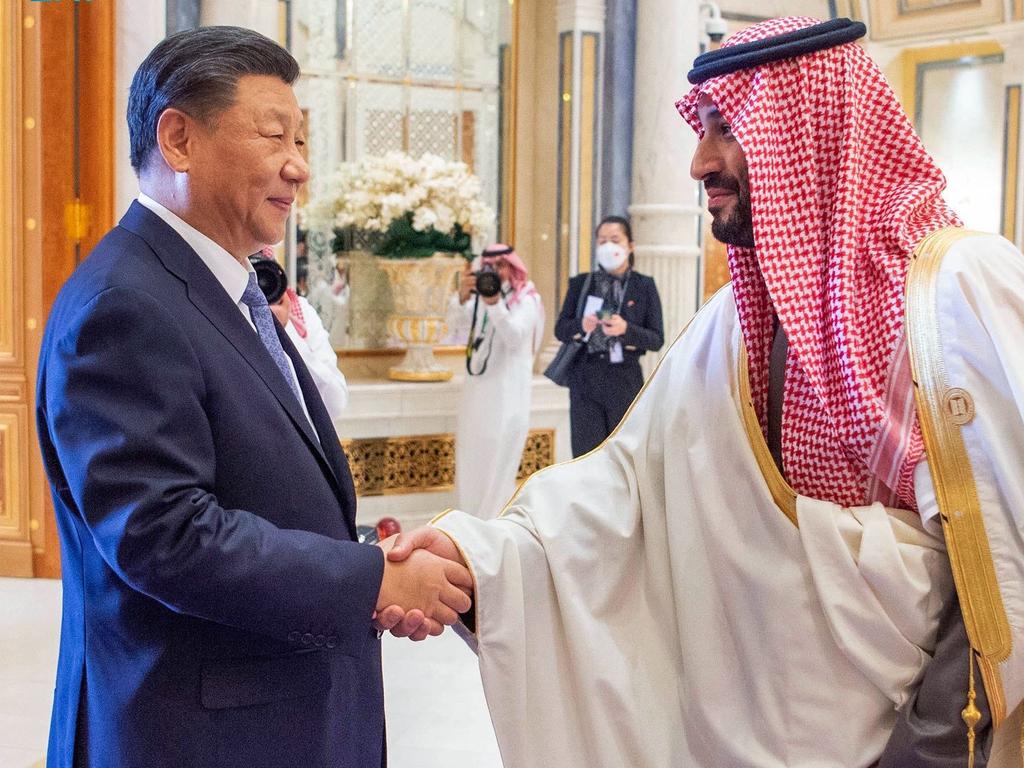Chinese spies a step ahead of US
The US is lagging behind China in the field of publicly available intelligence gathering, leaving Washington and its allies at risk of missing the next global crisis.

The US is lagging behind China in the field of publicly available intelligence gathering, leaving Washington and its allies at risk of missing the next global crisis, military threat or aggressive move by Beijing.
Traditional espionage work, involving agents in the field and intelligence-gathering from secretive sources, is rapidly being replaced by data and information that is publicly available from what is known as Osint, or open-source intelligence.
As much as 80 per cent of what agencies such as the CIA use now comes from Osint, according to some estimates. The war in Ukraine, for example, has led to a rapid rise in posts on social media of the position of forces, while private satellite companies have published Pictures of Russian troop movements and evidence of war crimes.
According to some former intelligence officers, this change in the way intelligence is gathered is presenting a growing challenge to the US and its allies.

The US spends about $US90bn ($133bn) on a year on spying. Since the election of President Joe Biden, the focus of the intelligence community has shifted from two decades of wars in the Middle East and Afghanistan to countering China’s ambitions for ever-greater global power and dominance.
“The (CIA) is used to running this way and that, depending on what the demand of the day is,” Paul Kolbe, a former CIA officer who directs the Intelligence Project at Harvard Kennedy School’s Belfer Centre, told The Wall Street Journal.
By contrast, it is believed that China already has about 100,000 people working on open-source intelligence.
Even private companies have set up their own units to monitor websites such as Twitter, Facebook and YouTube, in an attempt to garner a commercial advantage from being the first to know about an expected change in the global security situation.
US policymakers concede that countries such as China are leading the way in Osint gathering. A federally funded report by Mitre, a non-profit defence and intelligence group, says that the use of Osint by America’s global rivals “outpaces ours to fully harness the power of Osint for National Security needs”.
The Chinese Communist Party is not bound by the same rules of engagement, respect for intellectual property and human rights as Western governments, and its increasingly bellicose stand on a number of geopolitical issues has led to fears that the US could be playing catch-up. “We don’t have a comparable effort,” Jason Matheny, former head of the US Intelligence Advanced Research Projects Activity and the president of Rand Corp, told The Wall Street Journal.
“It really is an immense enterprise in China.”

The CIA understands the need for the US to embrace Osint. In a LinkedIn post, Jennifer Ewbank, the CIA’s deputy director for digital innovation, said the agency’s gathering of Osint “has undergone a dramatic transformation in recent years” and that publicly available information will be the agency’s primary intelligence source in the future.
The volume of detailed information coming from conflicts such as that in Ukraine presents a huge challenge, but also an opportunity to better predict how global events might unfold.
“Leveraging modern technology and a rigorous analyst training pipeline to address the large volume of available information will provide insights previously left unreported,” former defence analyst Evan Smith told Real Clear Politics.
“As the US continues to monitor conflicts worldwide, the need for Osint and the value that it offers will grow exponentially in the years ahead.”
The Times







To join the conversation, please log in. Don't have an account? Register
Join the conversation, you are commenting as Logout